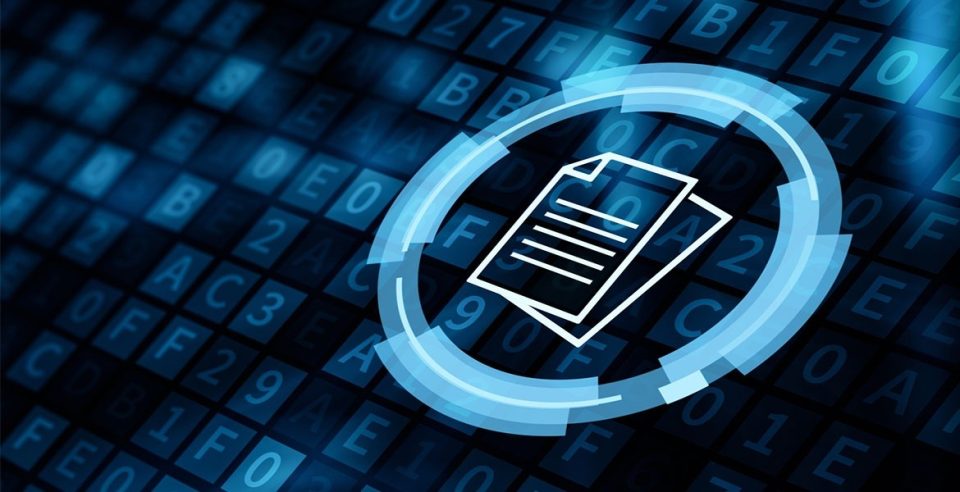Over the past decade, Optical Character Recognition (OCR) technology has undergone a remarkable transformation, thanks to the integration of deep learning techniques. OCR, which initially relied on rule-based algorithms and traditional machine learning methods, has now evolved into a highly accurate and versatile tool for extracting text from images and documents. In this article, we will delve into the exciting developments in OCR powered by deep learning and explore how it is shaping the future of document processing.
The Evolution of OCR
Traditional OCR systems had their limitations. They struggled with variations in fonts, sizes, and styles of text, and often produced inaccurate results when dealing with complex layouts or poor image quality. This led to frustration and inefficiencies in industries relying on OCR for tasks such as data entry, document digitization, and text analysis.
Deep learning, specifically convolutional neural networks (CNNs) and recurrent neural networks (RNNs), has revolutionized OCR by addressing these limitations. CNNs excel at image feature extraction, allowing OCR systems to better understand the context of the text, while RNNs excel at sequence modeling, improving the recognition of handwritten or cursive text. The combination of these neural network architectures has significantly boosted OCR accuracy and robustness.
Improved Accuracy and Versatility
One of the primary advantages of deep learning-based OCR is its remarkable accuracy. With the ability to learn from vast amounts of data, these models can recognize text with near-human precision. This accuracy is particularly valuable in fields where even a small error can have significant consequences, such as healthcare, finance, and legal document processing.
Moreover, deep learning OCR systems are incredibly versatile. They can handle a wide range of text types, from printed text in multiple languages to handwritten notes, invoices, and even text within images or screenshots. This versatility extends OCR’s utility across various industries, making it an indispensable tool for modern businesses.
Real-Time Processing and Scalability
Deep learning has also significantly improved the speed and scalability of OCR systems. With the introduction of hardware acceleration through GPUs and TPUs, OCR tasks can be performed in real-time or at a fraction of the time compared to traditional methods. This is particularly beneficial in scenarios where quick decision-making or instant data extraction is required, such as in automated customer service chatbots or document verification processes.
Additionally, deep learning OCR models are highly scalable. They can be trained on large datasets and fine-tuned to cater to specific domains or industries. This scalability allows businesses to tailor OCR solutions to their unique needs, ensuring optimal performance and efficiency.
Enhanced Document Understanding
Beyond simple text extraction, deep learning OCR has unlocked the potential for enhanced document understanding. These models can not only recognize text but also identify structural elements within documents, such as tables, paragraphs, headings, and footnotes. This semantic understanding enables more advanced document processing tasks like information extraction, data classification, and content summarization.
As a result, businesses can automate complex workflows that previously required manual intervention, reducing errors and accelerating decision-making processes. For example, in the legal industry, deep learning OCR can help automatically categorize and extract key clauses from contracts, streamlining contract review and analysis.
The Road Ahead
The future of OCR is poised for even more exciting developments. As deep learning continues to advance, OCR models will become more efficient, accurate, and capable of handling a broader range of document types and languages. Here are some key trends and challenges to watch out for:
Multimodal OCR
The integration of OCR with other modalities like speech recognition and natural language processing (NLP) will enable more comprehensive document understanding. This will be particularly valuable in scenarios where documents include both textual and visual information, such as image captions or scanned documents with handwritten annotations.
Improved Training Data
Access to high-quality training data, including diverse document types and languages, will be crucial for further OCR advancements. Efforts to create and curate such datasets will be essential in training more robust and adaptable OCR models.
Explainability and Compliance
As OCR becomes integral to various industries, addressing concerns related to model explainability and data privacy will be imperative. Ensuring compliance with regulations such as GDPR and HIPAA will be essential to maintain trust in OCR technology.
In conclusion, deep learning has propelled OCR into a new era of accuracy, versatility, and efficiency. It has become an indispensable tool across industries, revolutionizing document processing and automation. As technology continues to evolve, we can expect OCR to play an even more prominent role in shaping the way businesses handle and extract valuable insights from textual information. The future of OCR is bright, and its potential is limitless.
